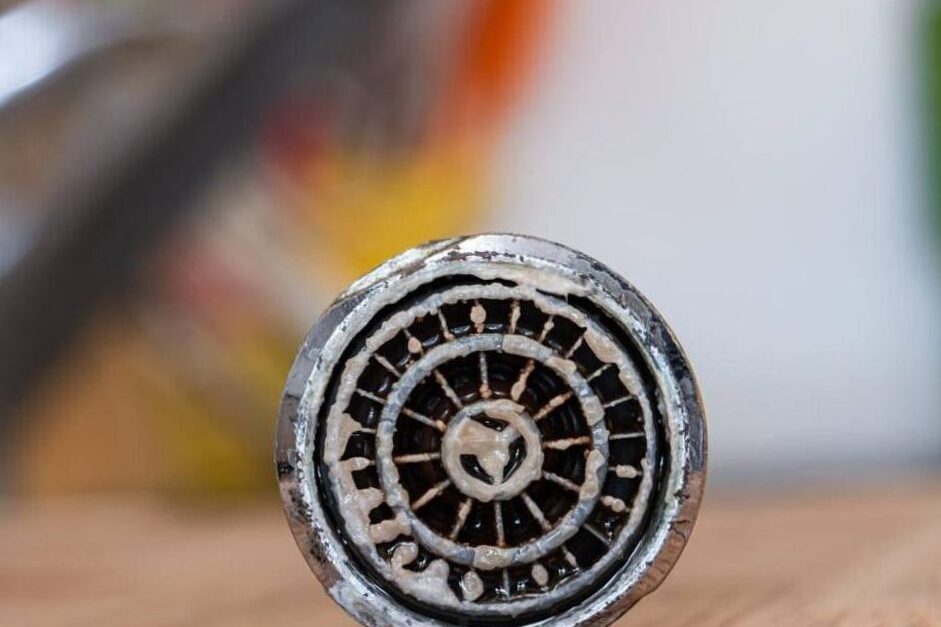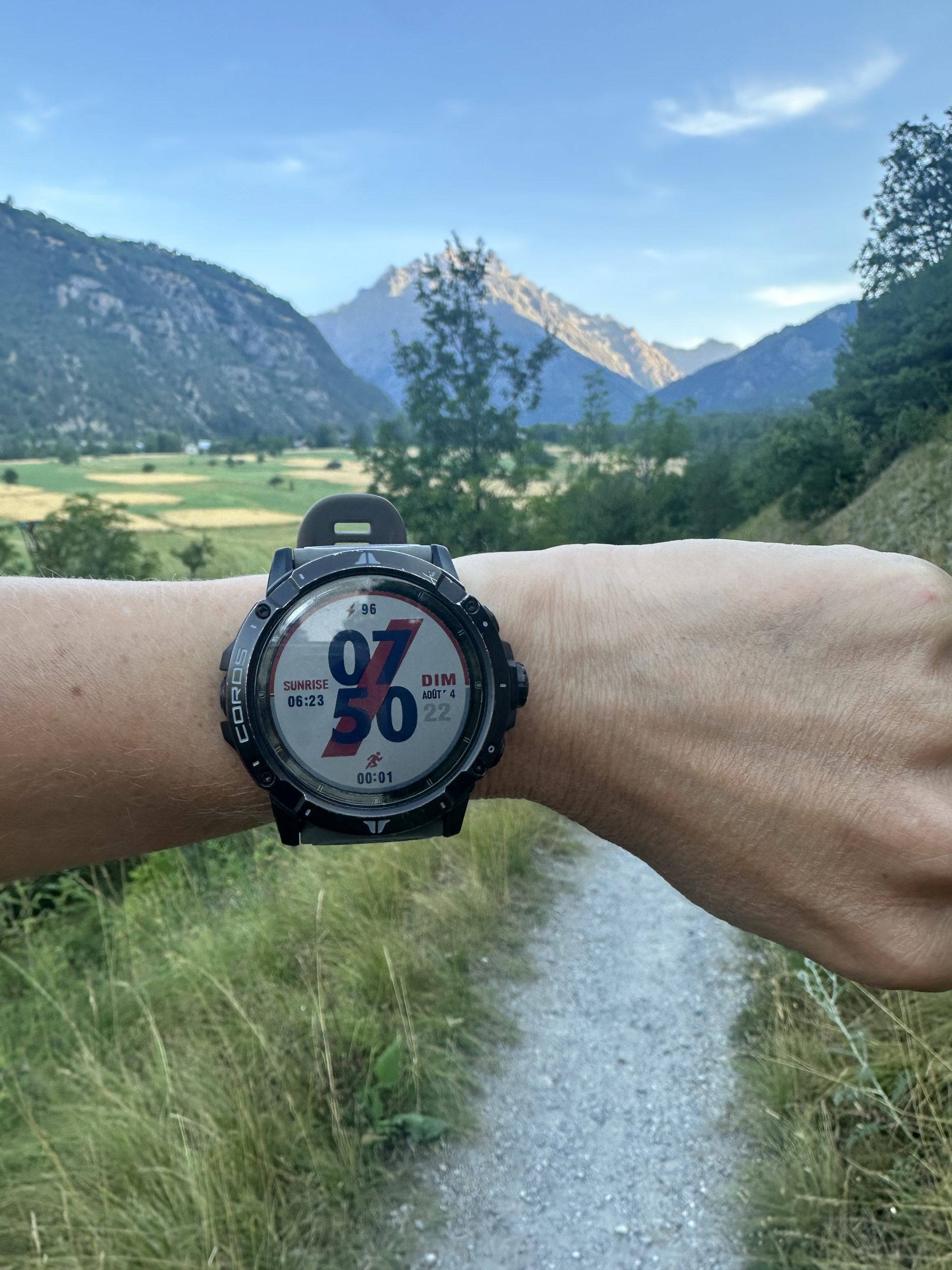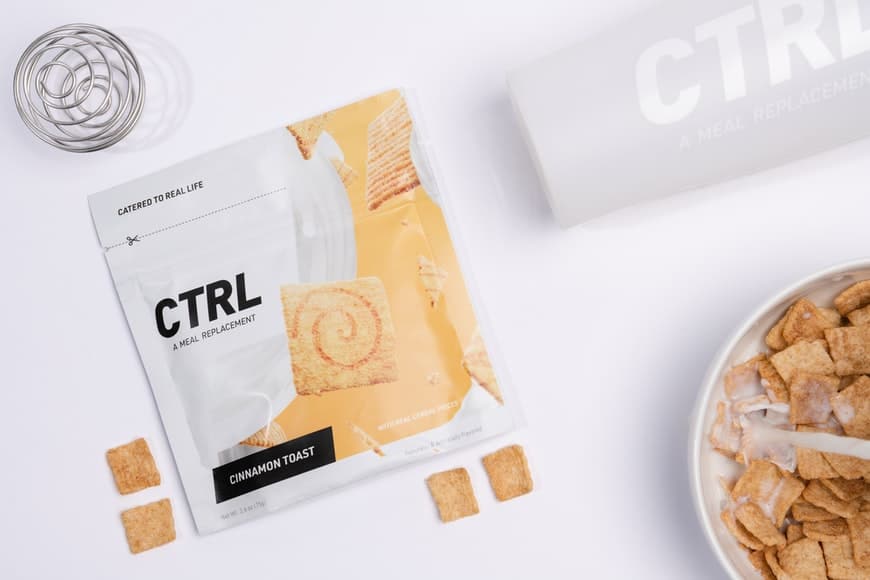When the limestone content of the water is too high, the latter is said to be difficult. It is not advisable to drink it or use it for your dishes and laundry. To become consumable again, it is necessary to eliminate the limestone it contains. Discover some practical solutions to get there.
Install a fabric softener in CO2
The softener is the best way to get rid of the lime water it contains. There are two types: Water Amorbidator with salt and fabric softener CO2. Of the two solutions, abandonment CO2 has more advantages.
Healthier water
The CO2 softener gives water to the calcocarbon balance. It provides water whose hydrogen potential (pH) is balanced. The injection of CO2 of food quality in water really leads to limestone transformation into soluble bicarbonate.
This process allows you to dissolve the entire limestone present in the water unlike the salt softener which is only 85%effective. In addition, the main mineral salts are preserved which are magnesium and calcium. The water therefore maintains its potability And it can also be used for your children. Do you want to install this fabric softener for daily fresh water? You will find excellent models of this device by clicking on this link that offers modern devices with different features.

You can choose A fabric softener that prevents tartar from infiltrating In the pipes and appliances (washing machine, kettle, boiler, coffee maker, etc.). Choose a device that combines different functions such as:
- Automatic settings,
- Detection of the loss of configurable water,
- the configurable water consumption signal,
- the position of the lack of CO2,
- The alarm by message + buzzer.
An ecological device
Unlike the salt, the treatment of water through CO2 injection does not cause the refusal of polluted water in nature. With the repetition of water treatments, the fabric softener with salt will end up being saturated with minerals and crystals. To reuse it, it will be necessary to pour the dozens of liters of water loaded with chloride. This environmental pollution is not possible with the CO2 softener. Furthermore, Promotes carbon dioxide recycling transforming it into carbonic acid.
Economic treatment
Unlike the salt branch, the CO2 injection treatment does not require regular maintenance. Since it is not necessary to clean it, the CO2 softener therefore does not excessively cause water. Finally, purification of the water with this device mobilize a few financial resources. To treat 100 m3 of water (the annual consumption of a family of 4), you will have to spend only between 40 and 70 € to recharge your CO2 cylinder.
Some other anti -long alternative solutions
There are other temporary means for Fight against limestone. These are anti -Lime filters and homemade remedies.
Anti -Lime filters
Eliminate the limestone contained in running water. There are two types: the magnetic anti -lime filter and the anti -Lime electronic filter. The magnetic anti -lime filter is installed around the pipes. Thanks to its magnets, it slows down the action of limestone e Prevents Tartari deposits. As for the electronic anti -lime filter, it is also positioned at the arrival point of the water. Then send electric current that regulates limestone deposits. However, these two processes allow only a short -term currents treatment.
Homemade remedies”
By combining some ingredients, you can create an anti -lègear solution to clean the bathroom and touches. With a little baking soda, a small dose of white vinegar, a lemon zest and peppermint, Get a little pollutant and efficient anti -arto product. However, this is an ephemeral solution since limestone will always be present in the pipes.
While not immediately dangerous, hard water can have several negative effects on your daily life. It can leave deposits on your dishes, reduce the effectiveness of your laundry detergent, and even cause scaling in your plumbing and appliances. Additionally, it’s often not recommended for direct consumption, as the excess minerals can affect taste and long-term health if consumed in large quantities.
To make hard water safe and usable, it is necessary to remove or reduce the limestone content. Fortunately, there are several practical solutions available to achieve this.
One common method is the use of a water softener, a device that uses ion exchange to replace calcium and magnesium ions with sodium or potassium ions. These systems are highly effective and are often installed at the entry point of your home’s water system.
Another option is reverse osmosis filtration, which pushes water through a semi-permeable membrane to remove impurities, including limestone. This method is particularly useful for drinking water and can be installed under the sink for convenience.
For smaller-scale solutions, decalcifying agents can be used to treat water for appliances like kettles, washing machines, and dishwashers. These help prevent lime build-up and extend the life of your appliances.
In conclusion, while hard water is a common issue, it doesn’t have to be a permanent problem. With the right treatment method—whether it’s a water softener, a filtration system, or regular use of anti-lime products—you can protect your health, improve water quality, and prolong the life of your household items. Taking action against limestone ensures cleaner, safer, and more efficient water use every day.
latest posts published

Do difficult things!

Does yoga start alone, at home, good or bad idea?

Connected watches: take off!

How to alleviate and avoid them

How to lose your thighs? Exercises, suggestions and nutrition

Remote to sport in winter, the light track!

Solutions, exercises and suggestions to help you!

Substitutes of meals: real slimming allies?

Dry January: Return of experience!


